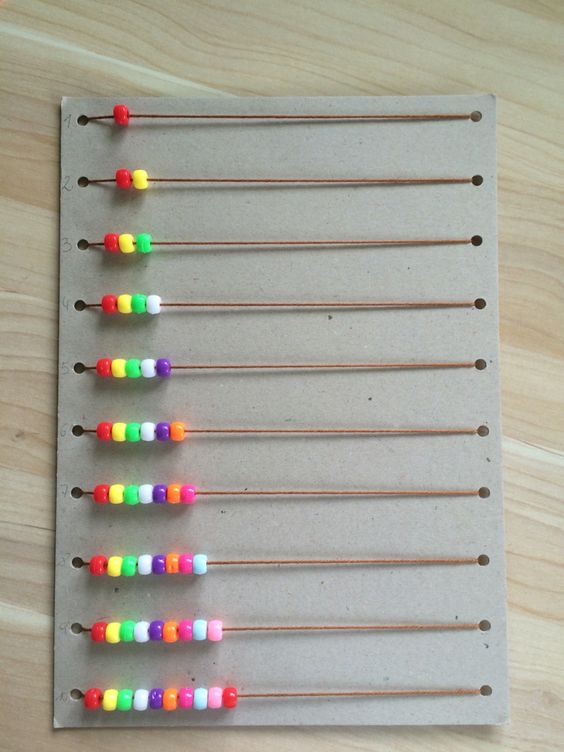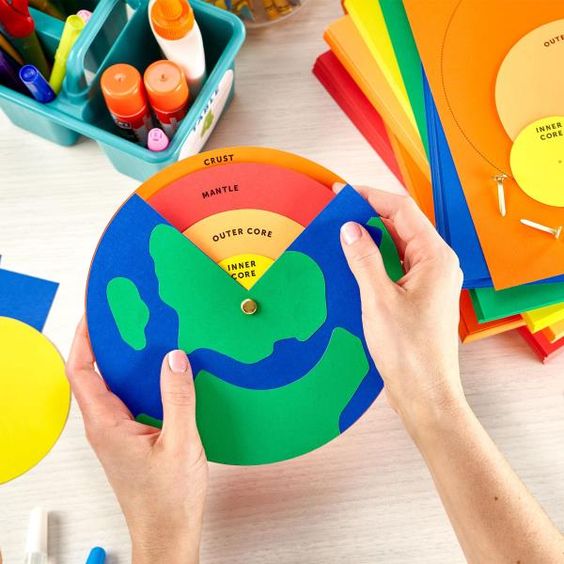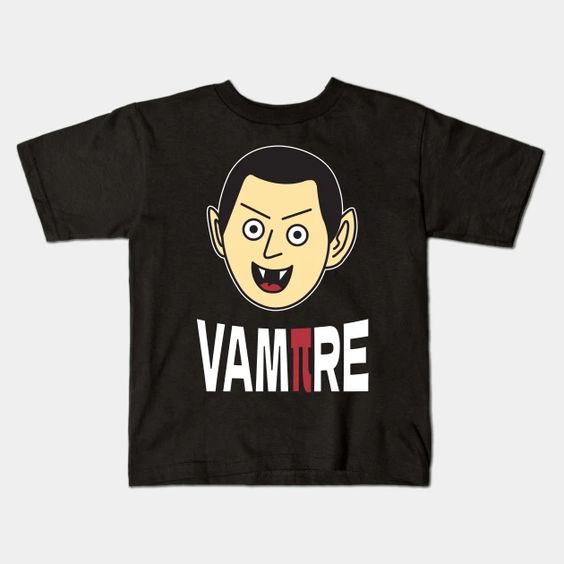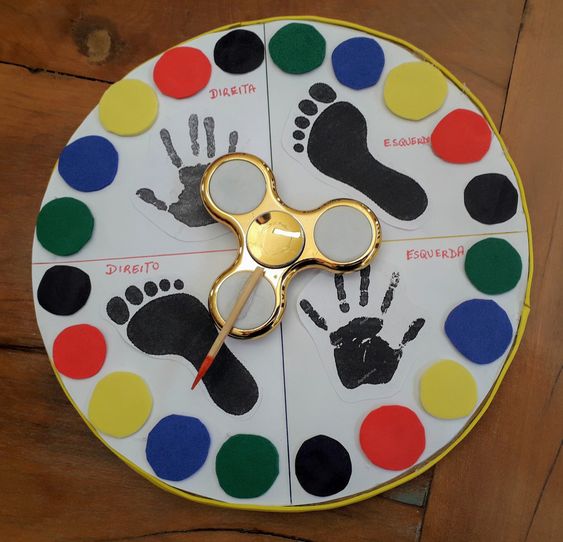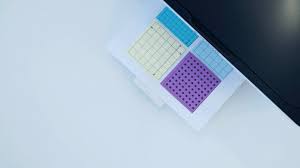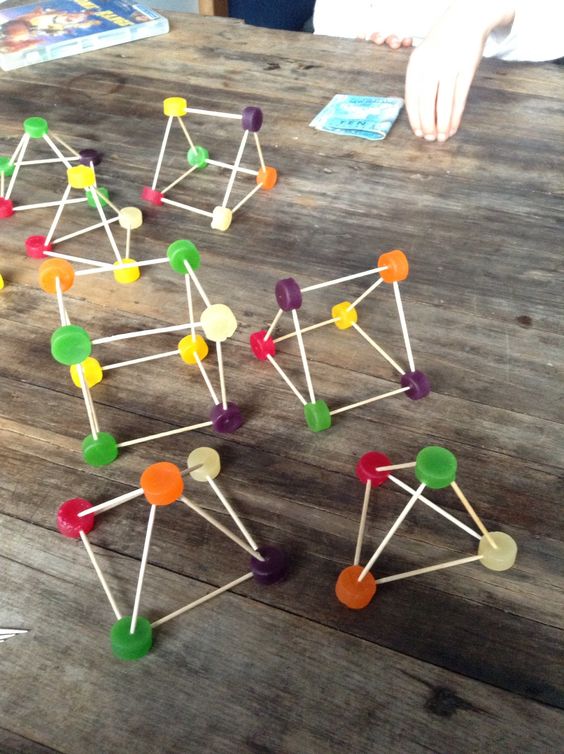Math manipulatives have long been a staple in elementary classrooms as they help students develop a better understanding of mathematical concepts. Out of the numerous options available, there is one particular manipulative that stands out – the Rekenrek. Also known as the arithmetic rack or abacus, the Rekenrek has become my go-to math manipulative for several reasons. In this article, we will explore why the Rekenrek deserves a place in every math classroom.
1. Fosters Number Sense Development
The Rekenrek is an amazing tool for building number sense in young learners. With its rows of beads segmented into groups of five, this tool encourages students to visualize numbers and their relationships to one another. Instead of counting individual beads, children quickly recognize groups of five and ten, which paves the way for developing strategies like counting on, counting back, and making tens.
2. Enhances Subitizing Skills
Subitizing is the ability to instantly recognize the quantity of a small group without having to count them one by one. The Rekenrek aids in developing this skill due to its design – two rows with ten beads in each row (divided into groups of five). As students work with the Rekenrek, they naturally begin to perceive small quantities and can easily move to larger quantities by combining or partitioning groups.
3. Exemplifies Different Operations
The Rekenrek’s versatility makes it an ideal tool for demonstrating various mathematical operations such as addition, subtraction, multiplication, and even early division concepts. For instance, students can use it to explore various strategies to add numbers within 20 – starting with basic counting to more sophisticated strategies like bridging through ten.
4. Engages Multiple Learning Styles
One of the most significant advantages of using the Rekenrek is that it caters to various learning styles – visual, auditory, and kinesthetic. Visual learners appreciate the color-coded beads and easily see the quantity being represented. Auditory learners benefit as the beads make satisfying clicking sounds when moved. Finally, kinesthetic learners thrive with hands-on experiences, making this manipulative a great fit for all.
5. Encourages Collaboration and Discussion
The Rekenrek is especially valuable when used in a classroom setting because it promotes collaboration and mathematical discourse among students. Teachers can use it to create different number models, present problems, or develop games that encourage students to think aloud and discuss their mathematical strategies with their peers, thus deepening their understanding of concepts.
6. Easy Setup and Storage
Lastly, Rekenreks are compact, portable, and require little to no setup time. This makes it practical for teachers to implement them during lessons, and because they are lightweight, even young students can manage them with ease.
In conclusion, the Rekenrek is an invaluable math manipulative that nurtures key mathematical skills in a fun and engaging manner. Its versatile design caters to students of all learning styles while encouraging collaboration and fostering a deep understanding of math concepts. The Rekenrek’s unique combination of simplicity and effectiveness undoubtedly makes it my go-to math manipulative for both teaching and learning purposes.
